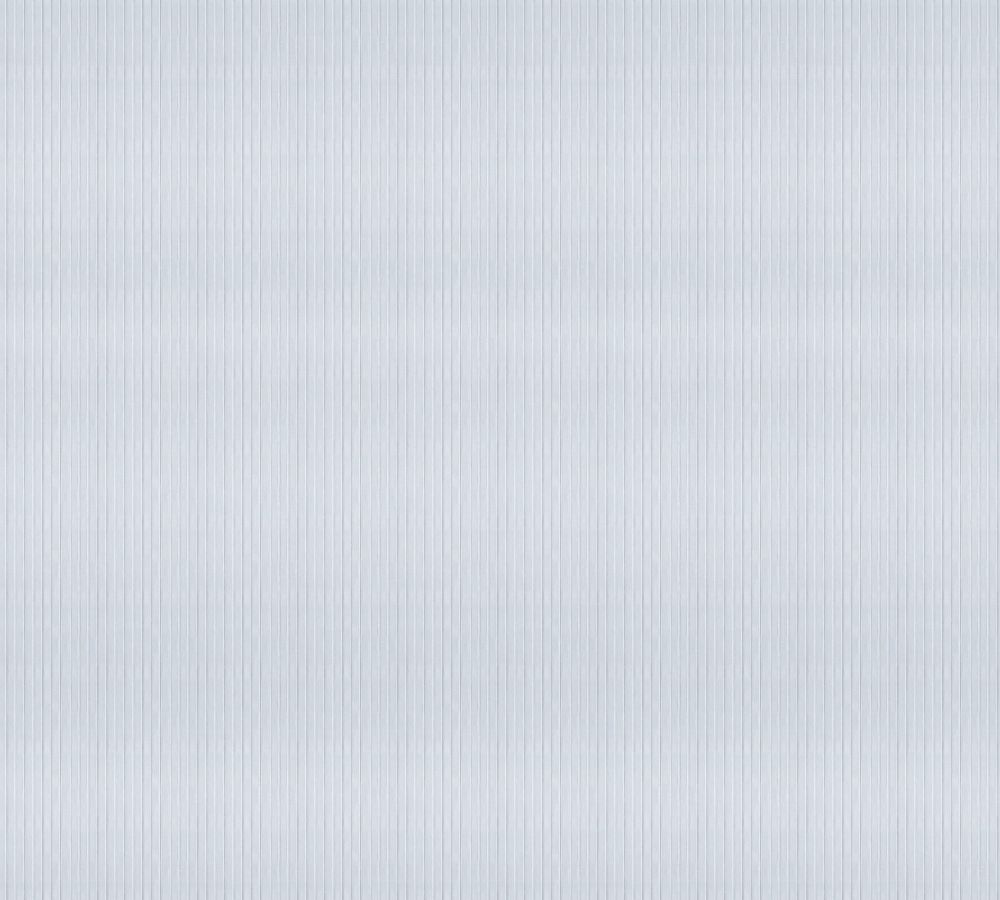Polycarbonate
Category
Surfaces
Download
Edit
Polycarbonate is the name given to synthetic thermoplastic (a plastic polymer which becomes maliable in high temperatures and can be moulded to a wide variety of forms and uses) compounds containing carbonate in their chemical structures. The chemical makeup of thermoplastics, typically with a high molecular weight, combined with the thermoforming moulding process of polycarbonate structures, create a plastic which is robust, strong and has a popular and dexterous range of applications, from CDs and Bluerays to riot shields, and can be laminated to form bullet proof glass. It is a popular material in the electronic, construction and aviation industries due to its thermal capacity – it’s ability to withstand heat, being both flame retardant and heat resistant – and its excellent electrical insulating properties. Translucent grades of polycarbonate combined with its light weight and strong impact resistance make it an excellent material for swimming goggles and protective eyewear or screens. Polycarbonate is however susceptible to discolouring due to ultraviolet light, and scratches under wear and tear, without the application of protective coatings.
In the construction industry, polycarbonates are a popular lightweight, durable replacement for glazing, often specified on roof lights, curved or non-uniform shaped glass, wall and roof panelling and acoustic barriers. They can be transparent, translucent or opaque depending on the grade and required use, for example as cladding to allow light into spaces without providing windows or transparent visual access. Polycarbonate sheeting is common in low budget industrial projects, agricultural structures and domestic out buildings such as greenhouses and garden sheds. This particular polycarbonate texture is a very light grey-blue tone with a strong linear grain thanks to narrow channels moulded into the material during the manufacturing process.
A seamless surfaces texture with a polycarbonate surface. Seamless textures can be tiled repeatedly across a surface without visible seams making them useful for architectural drawings and 3D models. This image can be used as a SketchUp texture, Revit material or imported into Photoshop for use in 2D illustrations. A high resolution version of this texture is available, as well as CAD hatches and PBR maps with Architextures Pro.

